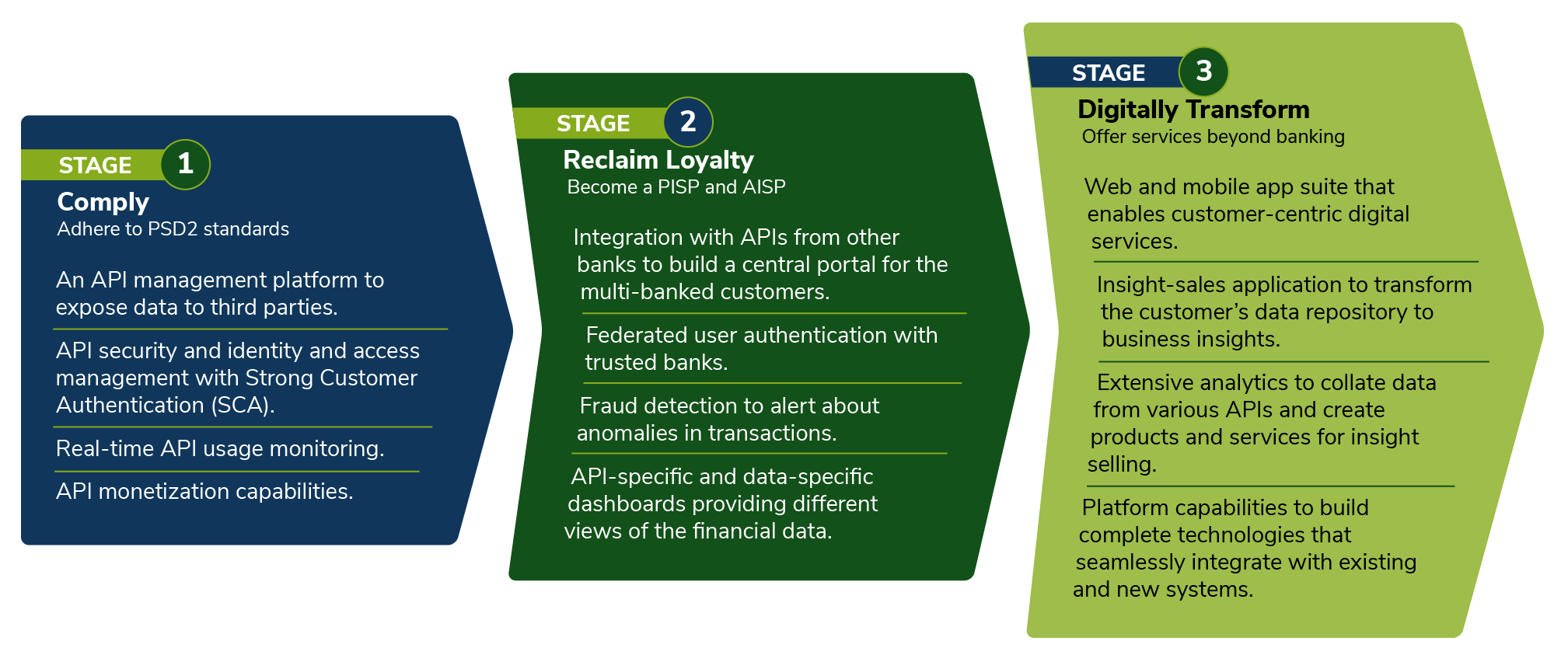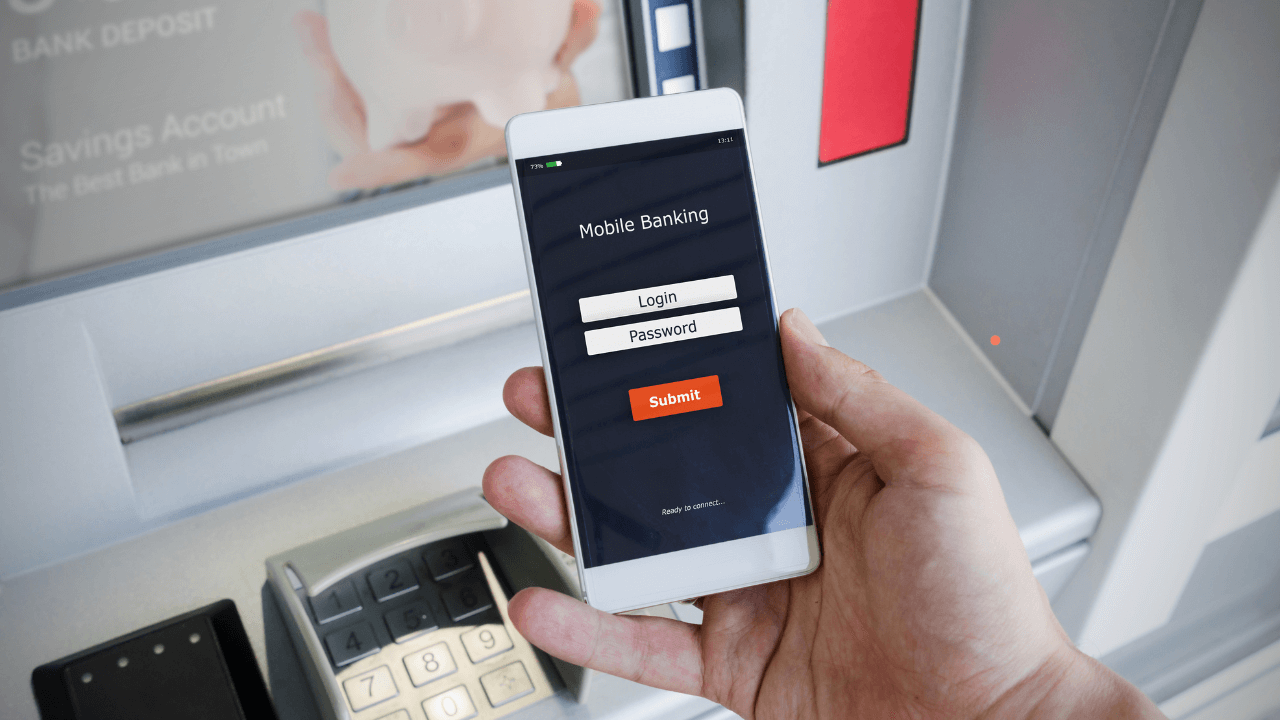Digital transformation has arrived in many sectors, and you would expect, banking is one of them. Major organizations in the sector are starting to adapt to the new requirements and needs of their customers, with the purpose of improving their user experience.
The rapid digitalization of banking has been favored by the bet of many companies on Open Banking. This term means that banks open up their platforms and APIs to third parties with the purpose of sharing with other banking entities, or providers from other sectors, valuable customer information, thereby encouraging competitiveness in the sector. It is worth mentioning that this information exchange will only take place in case that the client expressly grants his consent.
-PSD2: A revolution in the banking sector-
Open Banking Objectives
The goals of Open Banking are:
- Offering greater financial transparency, due to users’ mistrust of banking entities.
- Growth opportunities for financial providers
- Offering innovative services that provide value to consumers.
Closed models and conventional banking activities are long gone; the era of Open Banking now gives way to an “ecosystem” where lifestyle, activities and the needs of customers are essential. Ultimately, it implies converting a traditional business such as banking into a service platform. Based on the user’s shared information, he will benefit from new digital experiences tailored to his profile in the form of products or services.
This is possible thanks to the intervention of software, data and process developers, who will be in charge of transforming the information obtained from clients through the APIs in order to create custom-tailored solutions for them.
Taking this new landscape as a reference, it is important to know where the market’s economic potential now lies. Despite the fact that, in the past, companies such as financial entities targeted mass markets, because that is where their prime source of income was, nowadays the economic potential also lies among micro-segments, as a result of new market demands.
-Cybersecurity in digital transformation-
The members of these small groups share needs and tastes, and, in spite of being smaller in size, when compared to large groups, the number of micro-segments is immense, encompassing what is known as the “long tail.” It would be a mistake to claim that these segments are unprofitable in relation to mass markets, represented in the following image by the “head,” since thanks to the work of the developers mentioned above, the potential for profit is the same in both sides of the market.
WSO2 and the steps to Digital Transformation
In order to be able to reach these ecosystems and give way to Open Banking, it is necessary for banks to build technological partnerships that go beyond integration, security and analytics. With this in mind, the WSO2 platform is the best solution – designed around this technology to accomplish digital transformation in three stages, which are shown below:

Source: WSO2
Therefore, one could say that the integration of APIs in any company, regardless of its sector, will offer greater functionalities, increasing the value of the business.
Focusing on the financial sector, any banking entity that supports Open Banking architecture will be betting on new business models, new governance and new partners… overall, in new opportunities, both for banking, for other providers and, of course, to the end customer.
If you want to know more details about Open Banking, its benefits and advantages, contact us.
Start making APIs work for your business, talk to our experts!

Reduce costs, complexity and technical debt with your API portfolio






